The Molotov cocktail has been the DIY weapon of choice for decades. But it’s history is complicated. For a bit over 100 years, from 1809 to 1917, the nation of Finland had been a territory of Russia. Before the takeover by Russia, it had been part of the Kingdom of Sweden for 700 years. Therefore, it should come as no surprise that when Soviet leader Josef Stalin began making territorial demands of the Finns in 1939, they would be in no mood to allow even part of their country to come under foreign control again.
Stalin, who saw the threat of Nazi Germany growing month by month, was determined that he would annex as much territory on the USSR’s western borders as possible, as a buffer-zone against the Nazis should they decide to invade his country. Additionally, tensions between the Finns and the Soviets were strained ever since Finland gained independence from Russia following the communist takeover of that country in 1917.
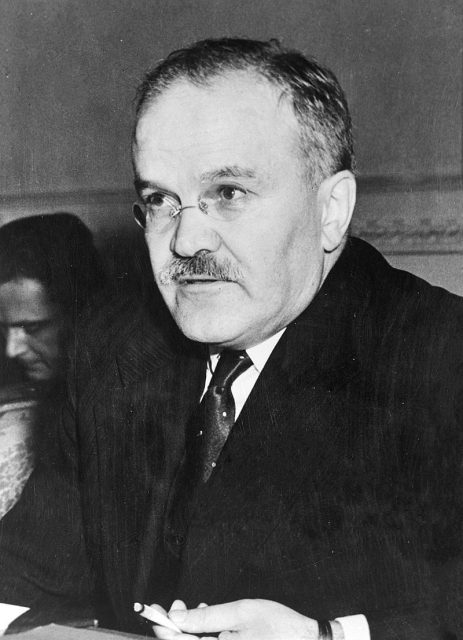
The Soviets sponsored communist Finns to agitate in Finland, and volunteer Finnish forces fought against the Soviets in East Karelia, a Soviet territory just over the border with Finland. Ethnic Finns there began a doomed uprising in the hopes of joining their territory to Finland itself.
All of this combined resulted in Josef Stalin demanding that Finland give up certain of its Baltic Sea ports and fortresses and agree to move a significant part of its border westward, away from the important Soviet city of Leningrad (now St. Petersburg), as well as other territories to the north.
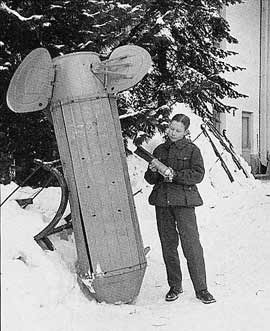
Finland, while proclaiming its neutrality in any conflict between Nazi Germany and the Soviet Union, hoped that if the Soviets did attack, the Finns could count on German support.
When Hitler and Stalin signed their surprise non-aggression pact in late August 1939, the Finns knew that Hitler had essentially given Stalin permission to move into Finland in return for the Soviets allowing Germany to annex western Poland unhindered (and of course gaining eastern Poland for themselves).
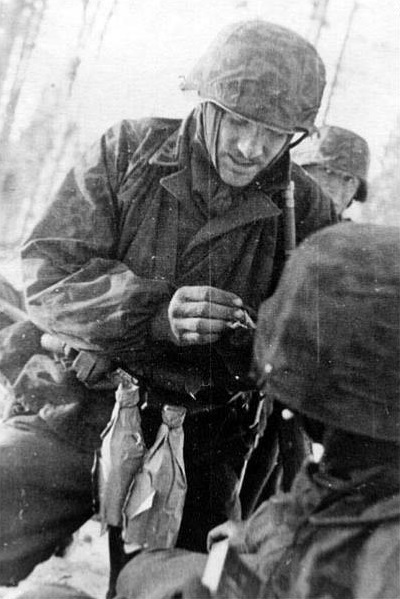
Many people are familiar with how Germany began their Polish invasion: an attack on a German radio station by “Polish commandos” that were in actuality Germans.
Most people don’t know that the Soviet invasion of Finland began the same way. Soviet NKVD agents (the forerunner to the KGB and today’s FSB) staged a Finnish mortar attack on a Soviet border post and used this as an excuse to invade their smaller neighbor.
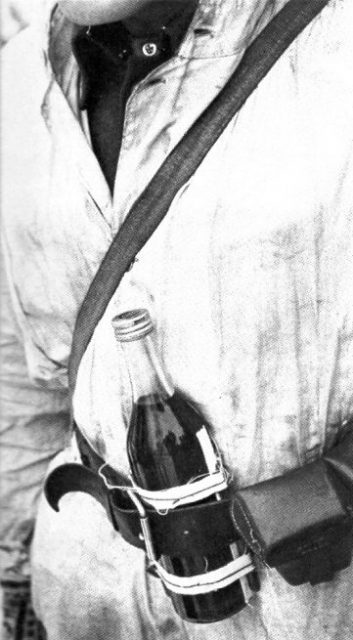
The Soviet attack began with a massive bombardment of the Finnish capital, Helsinki, causing widespread damage and heavy casualties. Around the world, and in the League of Nations, the Soviets were condemned for these attacks on civilians.
When questioned about the attacks, Soviet Foreign Minister and Stalin’s right-hand man, Vyacheslav Molotov, announced that any reports of Soviet bombing were a hoax by the Finnish government and press and that in reality, the Soviets were dropping groceries and other humanitarian supplies.
The Finns dubbed the Soviet bombs “Molotov’s bread baskets” and soon came up with a grocery item themselves. Finland at the time was not a rich nation, and much of what their military relied on was improvisation–and boy, did the Finns improvise.
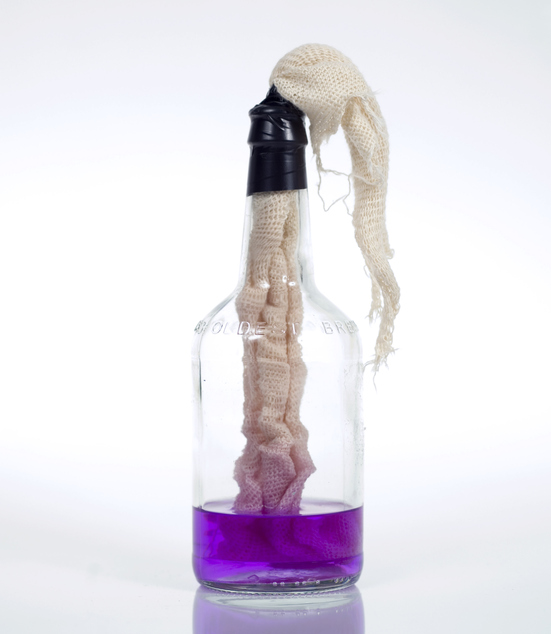
In return for “Molotov’s bread baskets,” the Finns decided Molotov, and all of his Red Army friends, needed a drink–hence, they invented the “Molotov Cocktail.”
Popular with rioters, underground fighters, and the armies of poor nations ever since, the “Molotov Cocktail” is easily made. A sturdy glass bottle filled with kerosene, gasoline, or virtually any combination of explosive liquid chemicals topped with a flammable rag in the opening, and you have a homemade fire-bomb. Add a bit of petroleum jelly or glycerin soap, and the flammable material sticks even better to clothes, skin, metal, and wood.
Low on anti-tank guns against an enemy with more tanks than could be imagined, the Finns began to mass-produce Molotov’s in factories behind the lines. Ammo boxes full of “cocktails” came to Finnish soldiers with bundles of wooden matches attached.
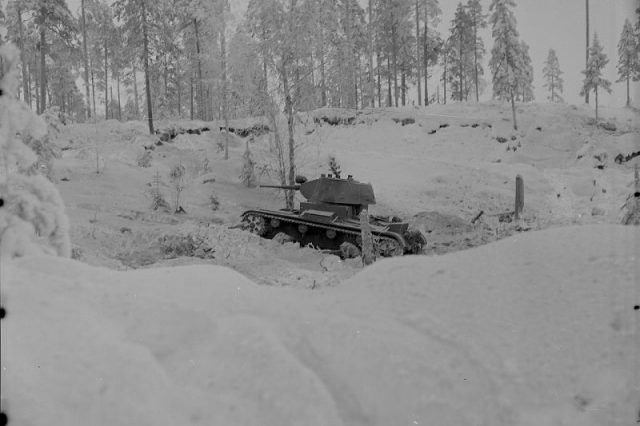
In the first fighting on the border, the Finns destroyed more than 80 Soviet tanks and their crews with the bottle bombs, which set fire to engines and gas lines, and got into cracks and openings in the armor to roast the crew inside.
The “Winter War” as it became known, was fought from November 1939 to mid-March 1940. Though the Finns fought valiantly and inflicted losses greater than that sustained themselves, the sheer size of the Soviet force, plus their massive edge in both planes and tanks (some 30-odd Finnish tanks versus at least 2,000 Soviet, if not more), meant that the Finns could not hold long.
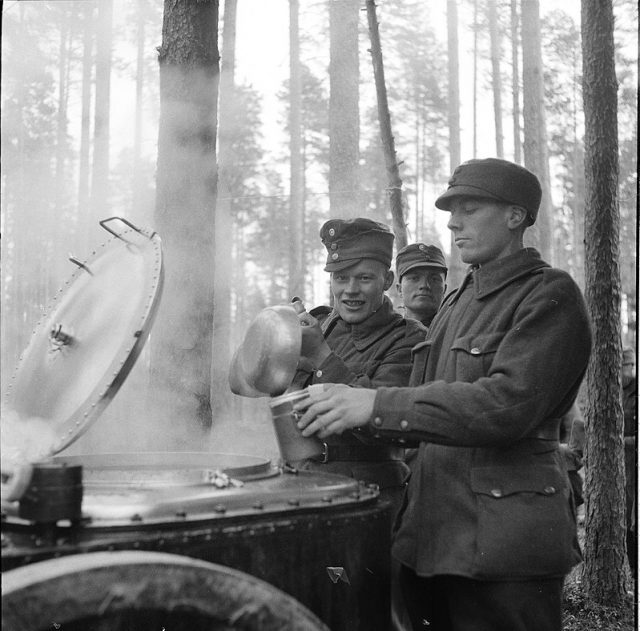
Though the Finns were slowly being driven back towards their capital, Stalin eventually called a halt to the Red Army’s advance.
If the Finns would cease fighting and deliver what had been originally demanded, the Soviets would not continue the invasion or demand other territory.
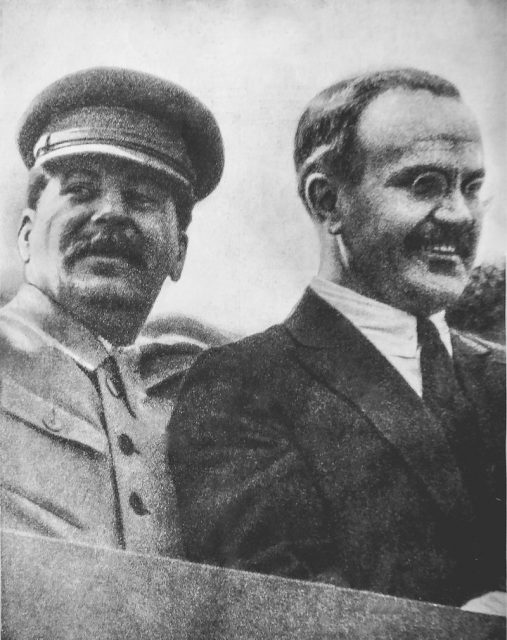
Stalin also realized that he had believed his army much more effective than it actually was.
Purges of suspected enemies in the Red Army in 1936 and 1937 meant that many of the officers in the Soviet force were afraid to take responsibility and were out of their depth–their former superiors having been taken out and shot in the back of the head.
Stalin also believed it was only a matter of time before Hitler attacked (he actually thought he had much longer to prepare than he really did), and did not want his army fighting in the forests of Finland, being torn apart by Finnish ski troopers and Molotov Cocktails while the Germans drove on Moscow.
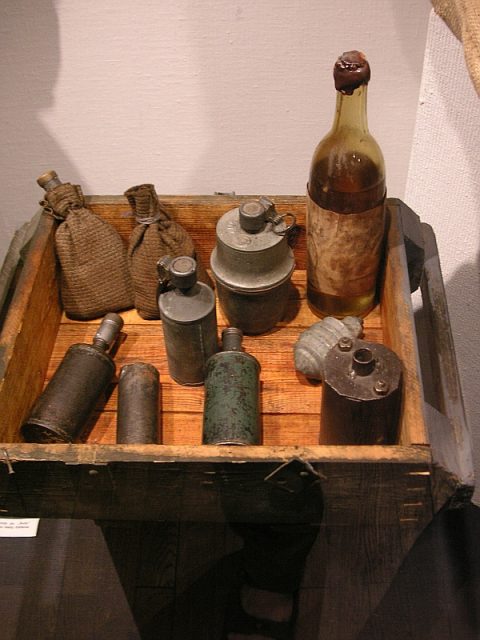
In late March, the Finns ceded a substantial slice of their eastern border to the Soviet Union, along with ports and island fortresses in the Baltic.
In June 1941, the Finns joined Hitler’s invasion of the Soviet Union, but refused to fight beyond what they had lost to Stalin in 1939. In 1944, seeing which way the wind was blowing, the Finns turned on Hitler and chased his forces from their country. This likely saved them from a full-blown Soviet invasion.
Related Article: “Dazzle Ships” – The Strangest Sea Camouflage Ever
In the winter of 1940, this was all in the future. In 1940, the world was unsure whether the USSR would join the Germans in a drive for totalitarian world domination.
At the time, British Prime Minister Winston Churchill said, “All Scandinavia dwells brooding under Nazi and Bolshevik threats. Only Finland–superb, nay, sublime in the jaws of peril–Finland shows what free men can do. The service rendered by Finland to mankind is magnificent.”
